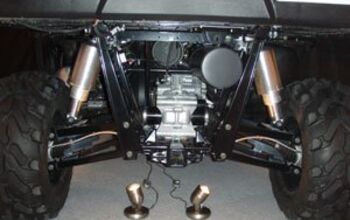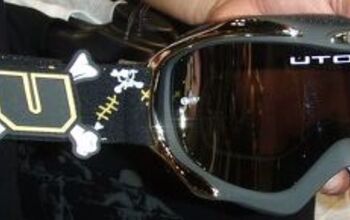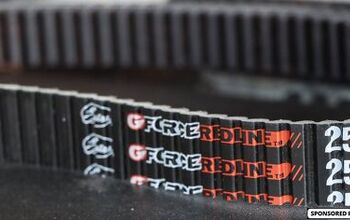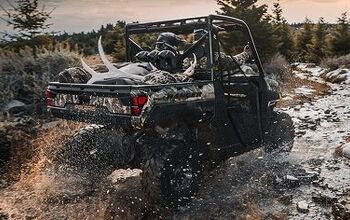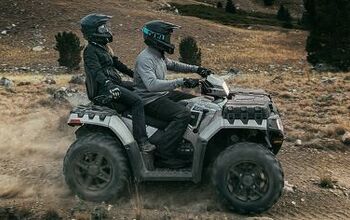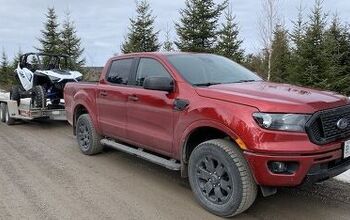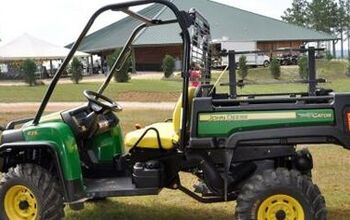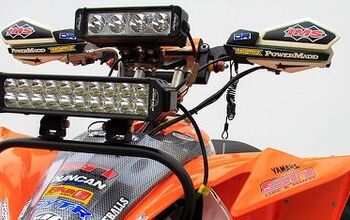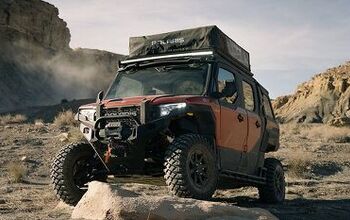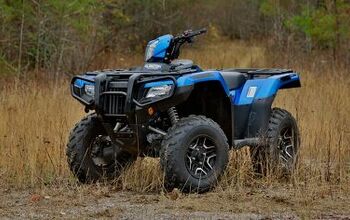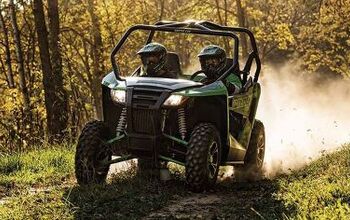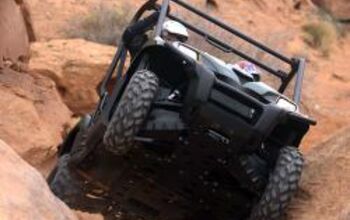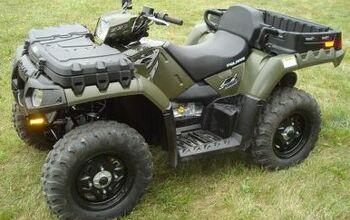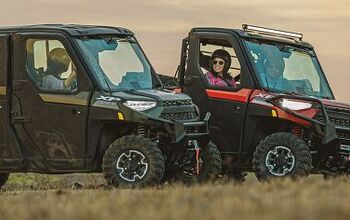2017 Arctic Cat Wildcat Sport XT EPS vs. Polaris RZR S 900 EPS: By the Numbers
The popularity of 60-inch Sport UTVs has grown dramatically since Polaris launched the first RZR S model a few years ago. That machine took the power, suspension and handling of the RZR down to a machine capable of extreme trail riding. Arctic Cat took notice and followed with its Wildcat Sport, a machine that has proven to be a popular do-it-all member of the Cat family. So how do the latest versions of these machine compare head-to-head? Let’s take a look, by the numbers.
| 2017 Arctic Cat Wildcat Sport XT EPS | 2017 Polaris RZR S 900 EPS | |
| Price | $14,599 | $16,499 |
| Engine | 700 4-Stroke, Twin Cylinder | ProStar 875cc 4-Stroke DOHC Twin Cylinder |
| Horsepower | 60+ | 75 |
| Driveline/Differential | 2/4 WD + Electronic Front Differential Lock | High Performance True On-Demand AWD/2WD |
| Transmission | Rapid Response Clutch, Hi/Lo Range, Reverse and Park | Automatic PVT P/R/N/L/H |
| Wheelbase | 84.6 in | 79 in |
| Overall Dimensions (LxWxH) | 110.5 x 60 x 64.3 in | 106 x 60 x 71.5 in |
| Weight | 1,061 lbs | 1,230 lbs |
| Front Tires | Carlisle Trail Pro / 26×8-12 | 27 x 9-12, GBC Dirt Commander |
| Rear Tires | Carlisle Trail Pro / 26×10-12 | 27 x 11-12; GBC Dirt Commander |
| Ground Clearance | 13 in | 12.5 in |
| Fuel Capacity | 7.4 gal | 9.5 gal |
| Front Suspension/Travel | Double A-arm / 12.2 | Dual A-Arm 12.25 in |
| Rear Suspension/Travel | Double A-arm / 12.6 | Dual A-Arm with Stabilizer Bar 13.2 in |
| Front / Rear Brakes | Hydraulic Disc with Dual Piston Caliper / Hydraulic Disc | 4-Wheel Hydraulic Disc with Dual-Bore Front and Rear Calipers |
| Bed Capacity | 300 lbs | 300 lbs |
The Arctic Cat Wildcat Sport XT EPS is powered by a 700cc inline twin-cylinder, four-stroke motor. It utilizes a Team Rapid Response clutch system and is fuel injected. This combination produces over 60 horsepower. The Sport has a broad powerband, with decent mid-range and top end.
Polaris put its 875cc ProStar twin-cylinder engine in the RZR S. It also has a version with the 1,000-class engine available, if you need more than the 900’s 75 horsepower. The S makes great power all the way through the curve and is an extremely capable machine.
If there is one area Arctic Cat is known to shine, it is in the suspension systems it designs for the Wildcats. This is true with the Sport. Cat uses JRi ECX-1 shocks with nitrogen-charged remote reservoirs at the corners, riding on dual A-arms. These shocks take technology from NASCAR and incorporate it into off-road, making these some pretty sweet shocks that have great feel. What’s more, these are the lowest-level shocks on the Wildcat Sport! They offer upgraded packages with Elka and King shocks options.
Polaris didn’t slouch with the RZR S either when it came to shocks and suspension. Polaris went with Walker Evans Racing 2-inch needle shocks on the S, also riding on Dual A-arms at the four corners. The suspension action is responsive and adjustable, letting you carry your speed over a wide range of terrain.
Each machine can tow up to 1,500 pounds, although neither was truly meant to do utility-type work. The Arctic Cat Wildcat Sport XT has a 2-inch receiver and the RZR has Polaris’ 1.25-inch receiver. Both have a cargo bed area that is rated for 300 pounds of gear. There’s enough room for a few things or a cooler, but these are not utility machines.
When you look at the prices, the Arctic Cat is $1,900 less than the Polaris’ $16,499 MSRP. For those extra bucks, you get around 15 horsepower and 175cc of engine. You can jump up to the Wildcat Sport Limited with full doors and the Elka shocks for $15,999, or the Special Edition with King Shocks, a winch and more for $16,499.
Derrek's love for all things ATV started when he was a mere 11 years old, growing up on his family farm. His mom gave him and his sister a choice - get a horse, or a three-wheeler. The sister wanted the horse, and Derrek wanted the ATV. Luckily he won out, and was soon burning up the trails on a Yamaha Tri-Moto 200. By the time he was 14, he had saved enough of his own money by working on the farm and in his folks restaurant to buy a new 4-wheeler. That happened the day he and his mom were driving past the dealership and saw 1987 Banshee. His mom had no idea what he was buying, and he never looked back. He's been riding ever since, and been writing professionally for many years. He has ridden all over North America and been behind the controls of just about every machine out there. And yes, he still has his 1987 Yamaha Banshee.
More by Derrek Sigler



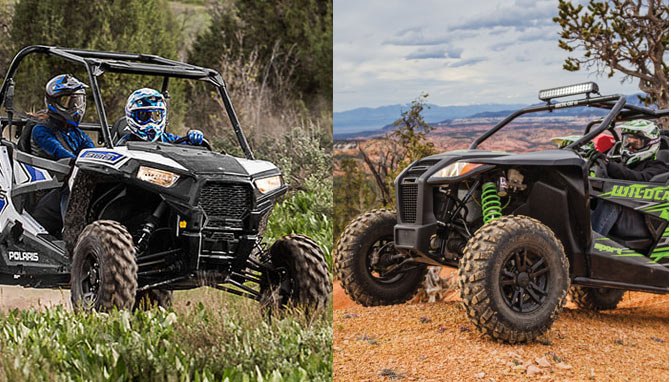




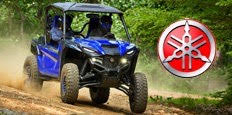


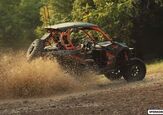
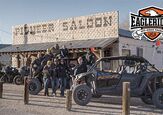
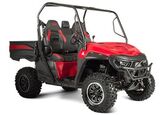
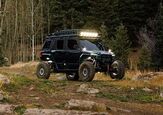
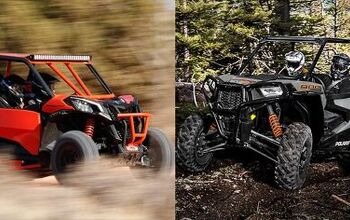
![Don't Try This at Home: Jet Ski Pulled by ATV [video]](https://cdn-fastly.atv.com/media/2022/10/24/8744130/don-t-try-this-at-home-jet-ski-pulled-by-atv-video.jpg?size=350x220)
